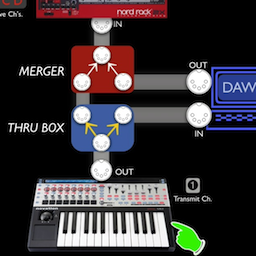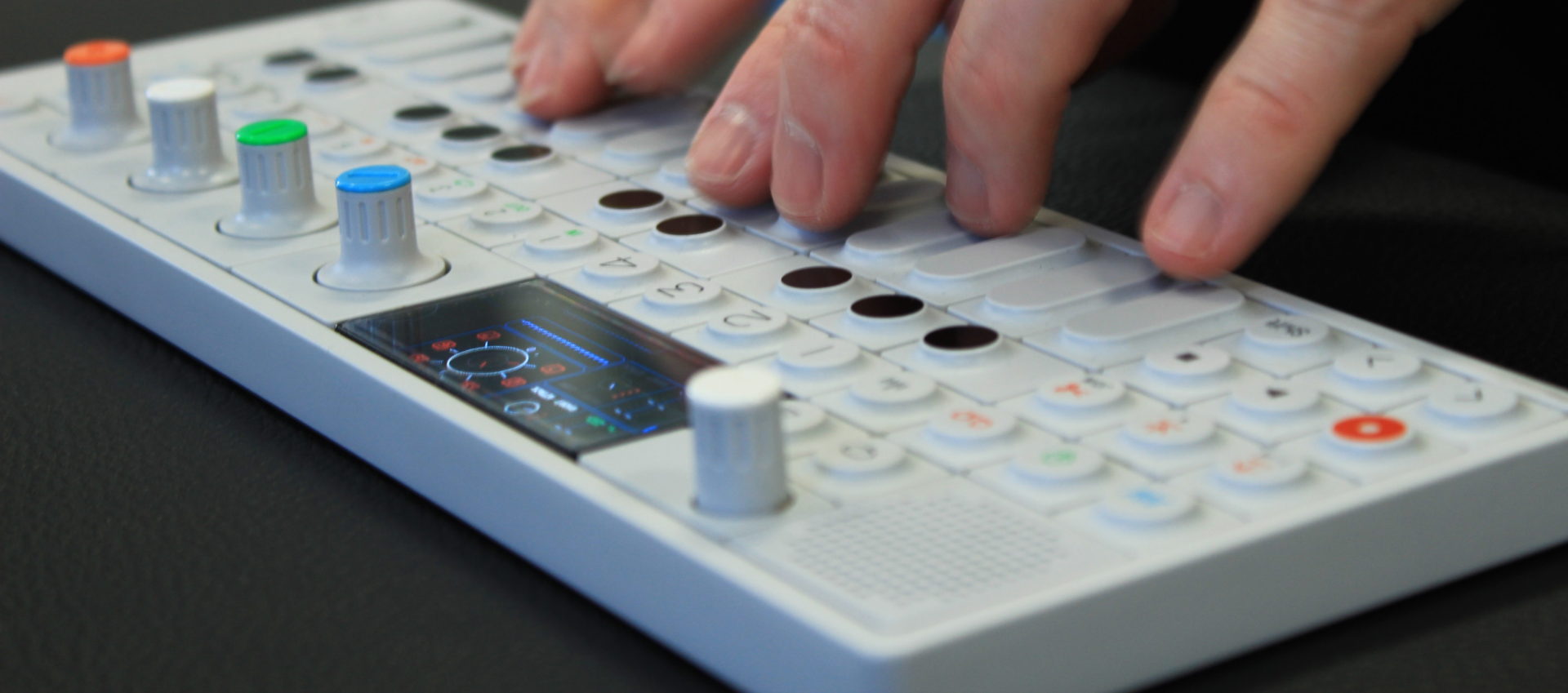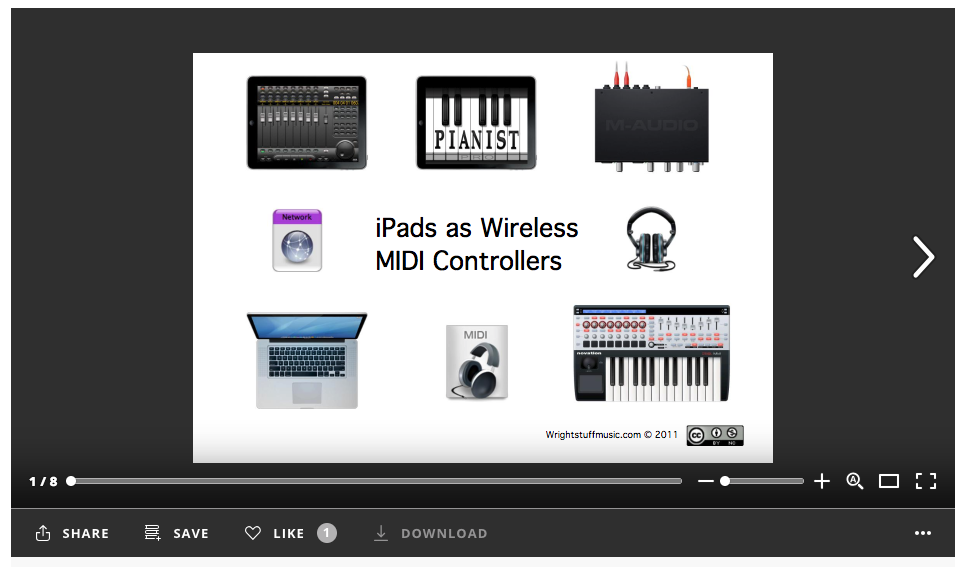iPads are a wonderful tool for the tech-savvy educator in any subject area. Even if you do not own one (or are technically savvy) this post will interest you.
iPads are mobile learning devices that have the potential to revolutionize the way students (and teachers) learn about, interact with and present music.
A fellow twitter friend Megan Iemma, MusicTech4U, has many resources on her blog regarding iPods & iPads as mobile learning devices. There are apps to control your desktop, apps to write and view music, apps that give you the range of every instrument in the orchestra & more. I recommend you follow Megan and these Blogs iPad Music Education Project, Tech in Music Ed and the NSW AIS iPad Wiki to keep up with it all.
But why use the iPad in a music classroom?
 1. The iTunes store is stocked with apps from music theory through to performance that are readily available (cost effective) to iPod, iPad & iPhone owners.
1. The iTunes store is stocked with apps from music theory through to performance that are readily available (cost effective) to iPod, iPad & iPhone owners.
The last survey I did at a school had all of year 7 owning at least one iPod Touch, 3/4 of year 8 having something similar and senior classes had almost the same numbers in iPhones or Macbooks. With all the chatter I have seen via the NSW AIS ICT Integrators email list I imagine many schools will soon have one-to-one iPad programs.
2. The arena of ‘learning’ is quickly developing into a more social, online, touch screen based environment.
I don’t advocate throwing out manuscript paper and real instruments but this is another way to connect and engage young learners. Not to mention they have access to materials to help them understand music that I never had such as the Maqam app that teaches the Arabic modes/scales ‘maqam’ ready for students to play or compose with.
3. iPads provide a control surface that changes how a teacher or student can interact with music.
This is the point I will demonstrate in this post. Using the MIDI protocol (there is an excellent post on MIDI with pictures at MacProVideo) and a wireless network teachers can do the following:
a) Pass an iPad around the class as students interact with online piano instruction via smartboardmusic or Garageband piano lessons
b) Teachers can operate music sequencer software from anywhere in the room – as can their students, making group or collaborative composition tasks very exciting.
Imagine a class composition task much like Chinese whispers! One student plays a melody in C, another develops it and so on. As it is recorded into Garageband via MIDI you will be able to hear Terry Riley saying, ‘I’ll do that too.’
The only question remaining is ‘How to accomplish this?’
Watch the video below and imagine how many ways you could integrate this into your classroom:
The following PDF is free for all to use and help you get connected with your iPad and MIDI applications wirelessly. Click on the image to visit the interactive version.
Please tell me of your successes and send through any more great lesson ideas for integrating an iPad into your music classroom!
• MIDI Setup Pic provided by MacProVideo’s post on MIDI
• Main page picture provided by Icon Archive & Acorn for Mac


Pingback: Super Round-Up - iPads in Music Education | Midnight Music
Thx for this great information that you are sharing with us!!!